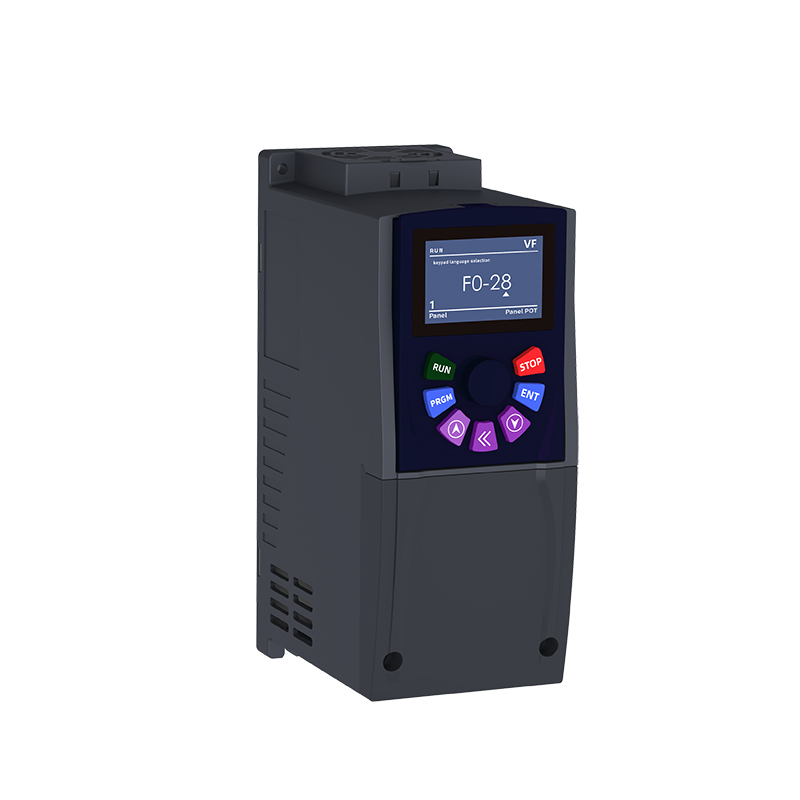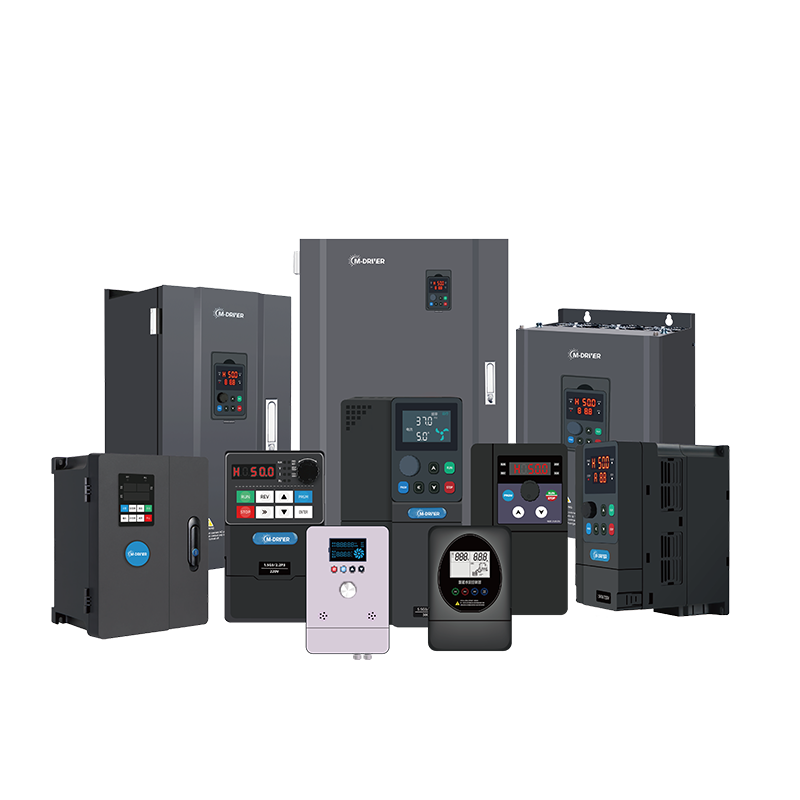With the continuous innovation of science and technology, frequency conversion technology has been widely applied in China's social production and life, which has significantly improved the level of frequency converter technology in our country. The energy-saving application of frequency converters is also becoming increasingly flexible.
When choosing a frequency converter for speed regulation or energy saving, the following 7 principles should be followed:
1. There are certain conditions for a frequency converter to save electricity. By appropriately changing the operating parameters without affecting the use, the energy consumed by unreasonable operating parameters can be saved, and the transition from general operation to economic operation can be achieved.
2. To save energy, it is necessary to reduce the frequency. The greater the decrease, the more energy can be saved. Without reducing the frequency, the frequency converter cannot save electricity in principle.
3. It is related to the load rate of the electric motor. When the load rate is between 10% and 90%, the maximum power saving rate is about 8% to 10%, and the corresponding power saving rate is higher when the load rate is low. But the reactive power saving rate is about 40% to 50%, which does not include electricity bills.
4. It is related to the rationality of the parameter values of the original operating conditions. For example, it is related to the adjustable values such as pressure, flow rate, and speed. If the adjustable value is large, the energy-saving rate will be high, otherwise the opposite is true.
5. Related to the original adjustment method used. Using imported or exported valves to adjust operating parameters is not economical. If it is changed to frequency converter speed regulation, it is economically reasonable. After using a frequency converter for speed regulation, it can save up to 20% to 30% more electricity than adjusting the operation method manually with valves.
6. Related to the original speed regulation method used. For example, originally using a slip motor for speed regulation had low efficiency, especially at medium and low speeds where the efficiency was only below 50%, which was not economical. After switching to a frequency converter for speed regulation, this part of the electrical energy was saved. At present, most industries such as light industry, textile, papermaking, printing and dyeing, plastics, rubber, etc. still use slip motors. Therefore, using frequency converters to achieve energy conservation is an urgent task for technological transformation.
7. It is related to the working mode of the electric motor. For example, the energy savings of continuous operation, short-term operation, and intermittent operation are different.





